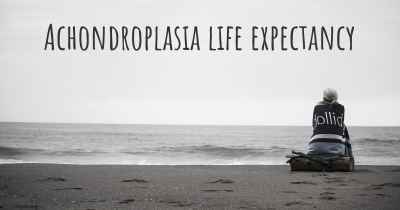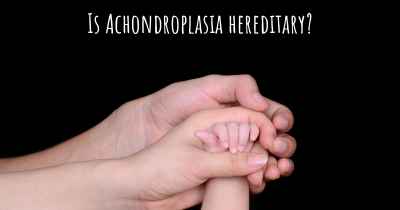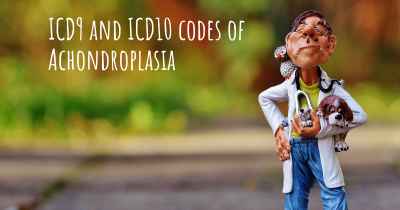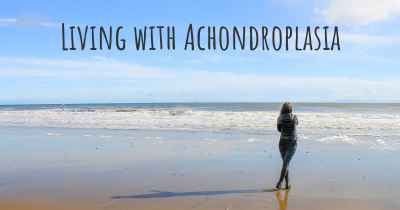What is the history of Achondroplasia?
When was Achondroplasia discovered? What is the story of this discovery? Was it coincidence or not?

Achondroplasia is a genetic disorder that affects bone growth, resulting in dwarfism. It is the most common form of short-limbed dwarfism, occurring in approximately 1 in every 15,000 to 40,000 births. The history of Achondroplasia dates back to ancient times, although its understanding and recognition as a distinct medical condition have evolved over the centuries.
The first documented cases of individuals with Achondroplasia can be traced back to ancient Egypt, as evidenced by depictions in ancient artwork and sculptures. However, it wasn't until the 19th century that medical professionals began to study and classify the condition.
In 1878, the French physician Dr. Paul Julius Möbius provided the first detailed clinical description of Achondroplasia. He observed the characteristic features of the disorder, such as short stature, disproportionately short limbs, and a prominent forehead. Möbius also recognized the hereditary nature of Achondroplasia, noting that it often ran in families.
Further advancements in understanding Achondroplasia occurred in the early 20th century. In 1909, the German physician Dr. Ernst Neumann identified the specific skeletal abnormalities associated with the condition. He described the abnormal development of the long bones, particularly the femur and humerus, which resulted in the characteristic shortening of limbs.
During the mid-20th century, genetic research shed light on the underlying cause of Achondroplasia. In 1960, Dr. Victor McKusick, an American medical geneticist, discovered that the disorder was caused by a mutation in the FGFR3 gene. This gene provides instructions for producing a protein involved in the development and maintenance of bone and brain tissue.
Further studies revealed that Achondroplasia is an autosomal dominant disorder, meaning that a single copy of the mutated gene from either parent is sufficient to cause the condition. However, most cases of Achondroplasia occur sporadically, resulting from new mutations in the FGFR3 gene.
Advancements in genetic testing and prenatal diagnosis have allowed for early detection of Achondroplasia. This has provided families with valuable information and support in managing the condition. Additionally, various treatments and interventions, such as limb-lengthening surgeries and growth hormone therapy, have been developed to improve the quality of life for individuals with Achondroplasia.
In conclusion, Achondroplasia has a long history, with evidence of its existence dating back to ancient times. The disorder was formally described and classified in the 19th century, and significant progress has been made in understanding its genetic basis and developing interventions to support affected individuals. Today, ongoing research continues to deepen our understanding of Achondroplasia and improve the lives of those living with this condition.








